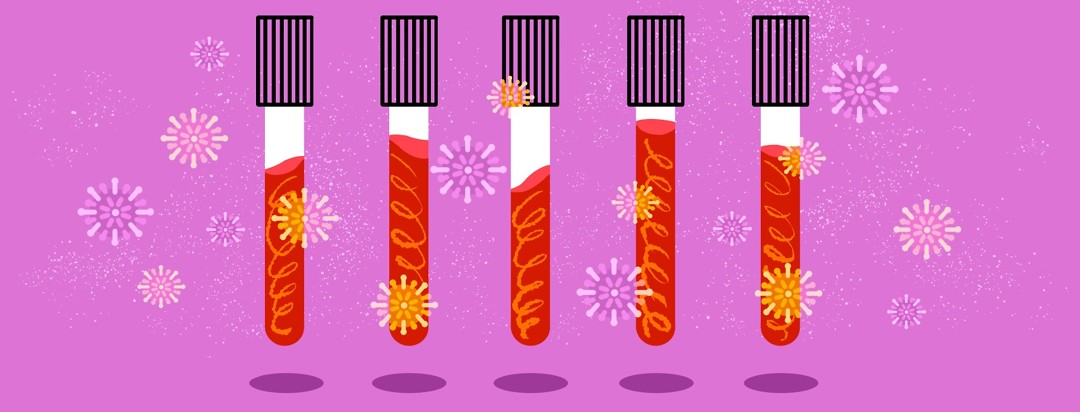Common Questions about Viral Load Testing, Answered
Understanding hepatitis C tests are part of being proactive as a patient. Knowledge helps patients have less confusion and anxiety concerning their test results and what they mean.
Here are some common questions about viral load and hepatitis C:
What is the difference between “qualitative" and "quantitative" testing?
Testing for hepatitis C viral load is done by using a test called HCV RNA PCR. This test can be done in two ways, qualitative and quantitative. Qualitative checks are used to see if the hepatitis C virus is present. Quantitative measures the amount of hepatitis C virus present in the blood.
Both tests can report if hepatitis C is present in the blood. The results will show if the virus was “detected” or “non-detected”. If the qualitative tests show the presence of the hepatitis C virus, the report is positive, meaning it is detected. The qualitative tests have greatly improved, today checking if even very low levels of the hepatitis C virus are present.
Is hepatitis C testing part of my regular blood work from my primary care physician?
Hepatitis C tests are not typically part of routine blood screenings by primary care physicians. Tests are not done unless the physician or organization feels the need to do the test or unless the patient requests the test to be done. Blood donation centers screen all blood products for hepatitis C.
How often will my liver specialist check my viral load?
The HCV RNA test is normally done at the beginning of seeing a liver specialist to establish your baseline. If you are not undergoing treatment, how often the test is run is up to your physician. Depending on your liver condition and check-ups with your specialist, the test can be done once a year or more often.
If you are in treatment or recovery, the HCV RNA test is done throughout intervals of your treatment and post-treatment to measure the amount of virus present in your blood. The RNA test can be done as soon as two to four weeks after beginning treatment and done every four weeks until treatment is completed, or your physician may opt to only do the RNA test at the end of your treatment.
Post-treatment RNA tests are done typically at the end of treatment, and 12 weeks after treatment is completed. It can also be done at 24 weeks after treatment is completed.
Can you test positive for hepatitis C and not have it?
Yes, it’s possible the antibody test to show positive, but you do not have the virus. Further RNA tests will check if any viral load can be detected in the blood and if so, how much. If the quantitative shows no virus is present, it confirms you have the antibodies, but no virus is detected, meaning you do not have hepatitis C.
The Center of Disease Control reports that approximately up to 25% of people who are infected with the hepatitis C virus clear the virus on their own, meaning these are acute cases, lasting less than 6 months.
What does “non-detected” mean in terms of being cured?
Non-detected means the hepatitis C virus is not able to be detected in your blood at the present time.
If I show “non-detected”, how long will I have to take RNA tests before I’m considered cured?
If the hepatitis C virus is not present in the blood after 12 and 24 weeks from treatment being completed, the patient receives an SVR (sustained virologic response) status and the patient is considered cured.
Since I show “non-detected”, is there a chance of hepatitis C recurring?
Studies show patients have less than 1% chance of the hepatitis C virus returning on its own, without reinfection. However, if you are re-exposed to hepatitis C, the chances of recurrence are much higher.

Join the conversation